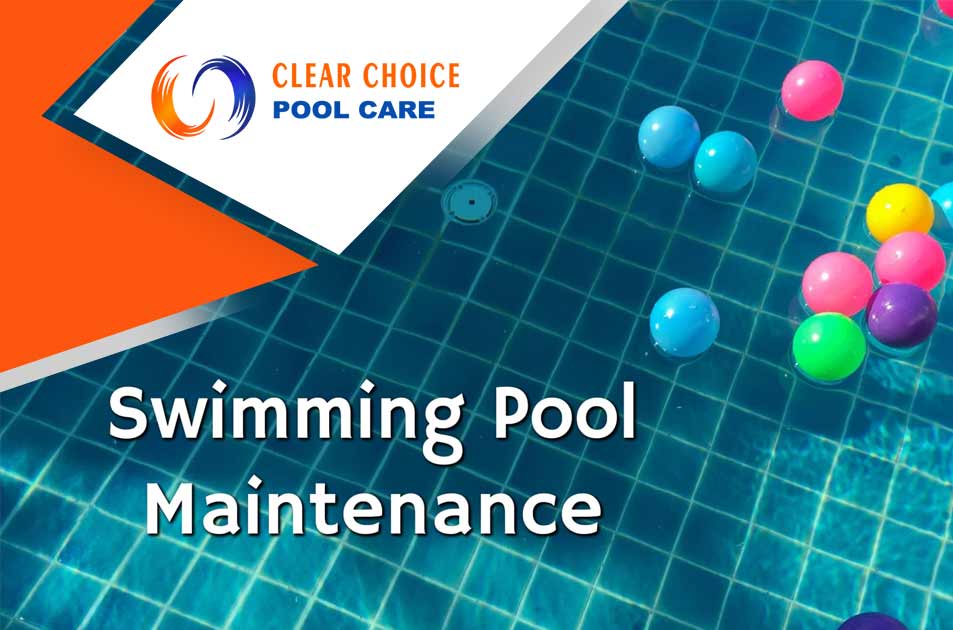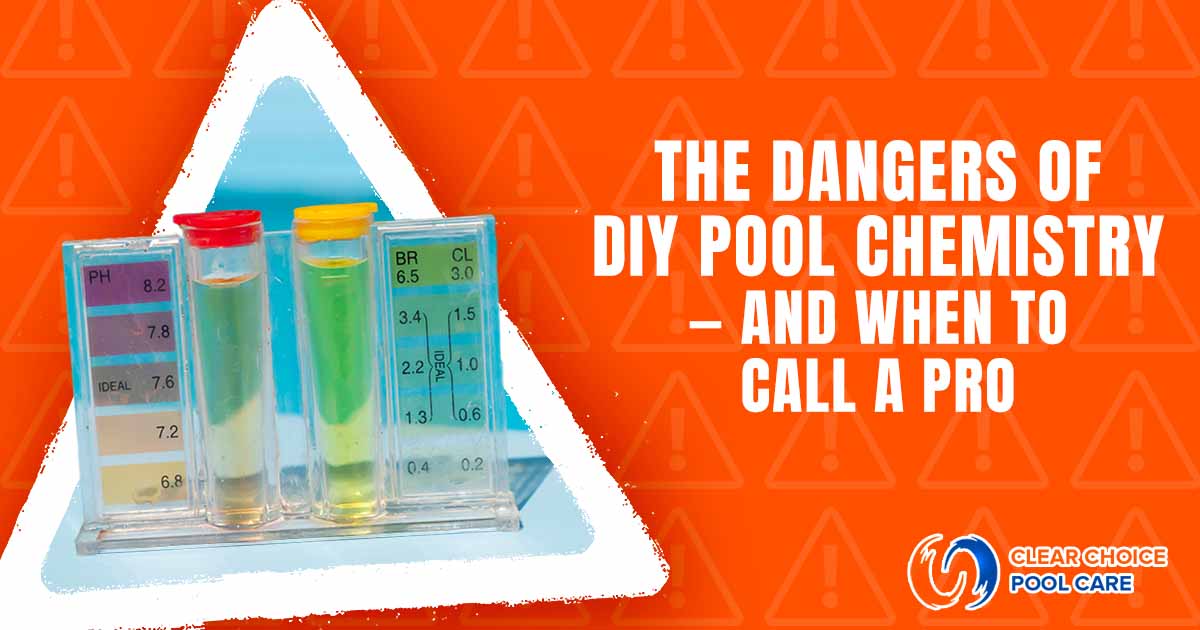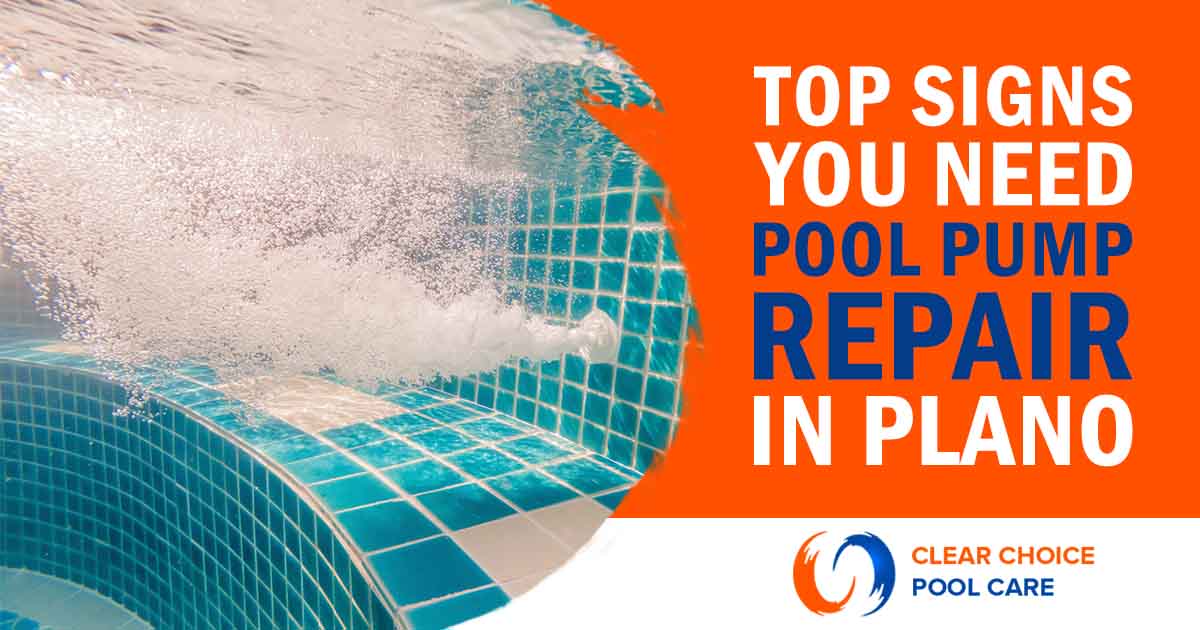Pools require care and maintenance. However, swimming pool maintenance can be overwhelming. It takes time to complete to test the chemical levels and for undesirable substances, as well as to find out how much and what chemicals to put into the water to establish a clean and safe swimming pool.
Time Commitment for Swimming Pool Maintenance
To guarantee the pH and alkalinity remain balanced you should test your pool water at least once a week. If your pool getting a lot of use (staycation or family parties) you’ll want to test it more often. Also, test after it’s rained and every time you add chemicals. If you are experiencing other problems such as contaminants, then you will also have to check more frequently.
We recommend you take a sample to a pool store about once a month to allow a professional to check it. This should also be done when you’re opening and closing your pool. You can use a liquid testing kit. The best pool water testing kits will test for calcium levels along with chlorine, pH, copper, iron, and other substances.
Procedure
- Collect a water sample in the collector provided in the test kit.
- On the side designated for pH testing, add the recommended number of drops of phenol red to the water.
- On the side designated for chlorine testing, add the recommended number of drops of OTO to the water.
- Hold the collector up to a white background, such as a white piece of paper. You will want to compare the colors of the water to the color scales on the collector. The redder the water, the higher the pH, and the yellower the water, the higher the chlorine level.
Contaminants in the Pool
On top of the pH levels and the chlorine testing, you need to test for metals. You may want to contact your local water authority to find out what metals are in the water.
Testing for Copper
Copper buildup usually happens for one of two main reasons. First, as water evaporates from your pool, it leaves the copper behind. This is because water contains a small amount of copper. You can add more water, but then you are also adding more copper. Second, low pH levels can cause copper elements in your pool filter or plumbing to corrode. Eventually, copper ends up in your pool water. The longer the corrosion is left unaddressed, the more copper buildup you’ll have in your water.
Cloudy pool water, or greenish or black stains on your liner are signs of high amounts of copper. Since most test strips don’t test for heavy metals, you’ll need to buy a special test kit at a pool supply store. Testing should occur once a month.
Remedies
Whether you use tap or well water to fill your pool, you can put a mesh strainer on the hose to filter some of the copper. Also, you can use a metal trap filter. It grabs hold of metal in your pool water, thereby removing it. A metal trap filter selectively filters out metal, so it’s not meant to replace your regular filter. Note that metal trap filters are sized by the number of gallons they need to filter, so be sure to choose one that can accommodate the volume of your pool.
You can avoid the black spots on your liner copper levels by using a metal sequestrant. It works by binding with certain metals in your pool water and keeps them from rusting, which is the cause of those greenish or black stains on your liner. Be aware that a sequestrant does not remove copper from your water but you’ll need to add sequestrant on a regular basis to prevent stains. It’s best to follow the instructions on whatever sequestrant you choose.
Testing for Iron
How do you know you have too much iron in the pool? Well, the water will go from clear and clean to yucky brown It is good to note that well water is known to have higher iron levels than tap water. And as happens with copper, as your pool water evaporates, the iron is left behind will increase each time you add water to your pool. Also, high iron levels are caused by a low pH in the water. Weekly pH testing should prevent problematic iron levels.
You can use the same strips from the kit to test for iron as you did for copper. The difference is you will add a special solution made to test for iron. Then compare the color of the pool water to the color-coded chart included with the kit.
Remedies
Like copper, iron in a metal element. So, the same remedies apply to fix high copper levels will also work for high iron levels.
Testing for Water Hardness
Water hardness is determined by the calcium levels in the water supply. The ideal range for calcium hardness is 200 – 500 ppm. If you get calcium buildup in your faucets and showerheads, then it is negatively affecting your pool filter and pump. A high amount of calcium in your pool can cause cloudy water, rough pool surfaces, and your water heater may not run efficiently. Be aware of other problems such as pitted concrete pool surfaces, and dissipated concrete and grout. Keeping calcium levels balanced is essential to prevent damage to your pool and its surroundings.
Typically pool owners should test calcium levels at least once a month. However, you may want to consider how much calcium is in the local water supply. If you have hard water, test more often. When you test for calcium, you add a chemical indicator to a small sample of pool water. Then, compare the water color to the included color-coded chart to determine if the calcium is too high or too low.
Remedies
If you are experiencing high calcium hardness levels, then you will have three choices to treat the problem. One, you may either partially or completely drain the pool and refill with fresh water. Two, you can try using Flocculant. It causes calcium to clump up in the pool, allowing for easier removal. Then, clean your pool’s floors and walls to remove the calcium. You will also want to backwash your pump filter and clean it. The last option can be used if the first two options don’t work. Add dry acid to the pool water. This will not decrease the water hardness, but it will increase water saturation levels.
Low calcium is a much easier undertaking. If calcium levels are too low, simply add calcium chloride, also called a calcium hardness increaser. Be sure to follow the directions to add the correct amount in according to the size of your pool.
Call a Professional
Pool ownership requires careful maintenance that can be time consuming. Our professional pool technicians are here to help your pool water stay healthy and avoid costly damage. We can help you with all of your regular swimming pool maintenance needs. Call today to talk to a professional.
Call today Clear Choice Pool Care & Maintenance (214) 995-3556 for your swimming pool maintenance needs.





